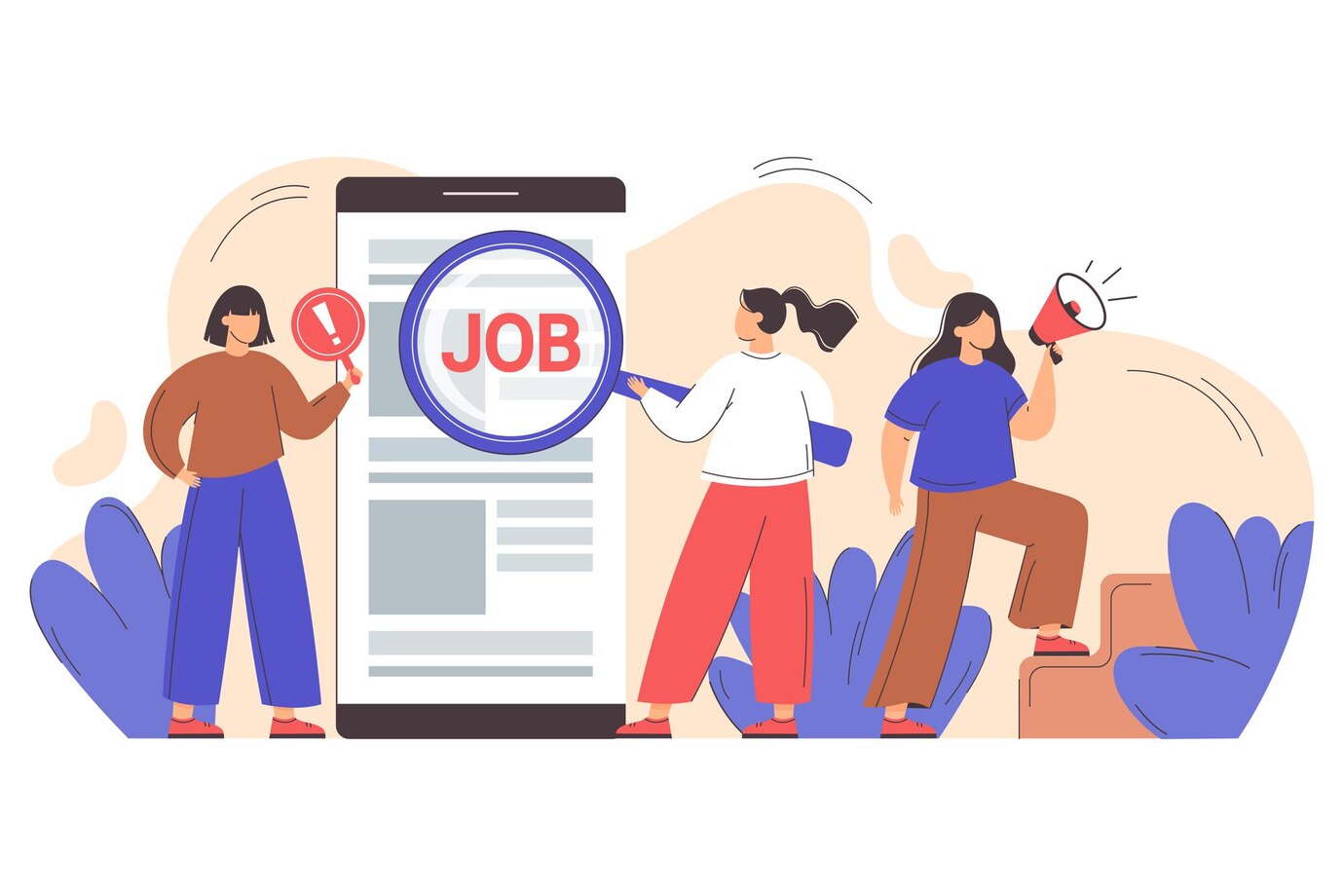Table of Contents
- Introduction to the Modern Job Description
- Why Standard Job Descriptions Fail
- The Ingredients of a Dynamic Job Description
- How Companies Benefit from Unique Job Descriptions
- Steps to Crafting a Standout Job Description
- The Future of Job Descriptions: Trends to Watch
Introduction to the Modern Job Description
The traditional approach to writing job descriptions is becoming increasingly ineffective in an ever-evolving job market. Today’s workforce is more diverse and skilled, necessitating a change in how organizations attract potential candidates. A modern job description goes beyond listing tasks and responsibilities; it aims to connect with potential hires by showcasing your company’s culture and values. Employers are no longer simply posting a job; they’re telling a story about what it’s like to be part of their organization.
These innovative descriptions serve as more than a call to action for job seekers; they are an open invitation to join a community. Organizations distinguish themselves within a competitive worker’s market by making a position sound appealing.
Why Standard Job Descriptions Fail
Standard job descriptions often have a generic and uninspired format that risks alienating and deterring talented candidates. Such descriptions typically lack clear, personalized messaging about a role’s unique challenges and opportunities. A study discussed in an insightful analysis highlights that meaningful job content significantly influences a candidate’s perception of the role’s appeal. Without this, companies risk missing out on engaging top talent. Understanding how job description examples have been innovated provides valuable recruitment strategies.
Moreover, these lackluster descriptions can lead to unsatisfactory job matches, where employees find their daily activities do not match their expectations. This disconnect fosters an environment ripe for high turnover, further increasing hiring costs and disrupting team cohesion.
The Ingredients of a Dynamic Job Description
Critical elements should always be highlighted to craft a genuinely dynamic job description. These include a transparent articulation of the role’s daily responsibilities, an outline of how the position contributes to larger company goals, and clear communication of growth opportunities. Language is also crucial; adopting a more friendly and accessible tone can enhance clarity and engagement.
In today’s inclusive workplace environments, it is crucial to use gender-neutral language to appeal to a broader spectrum of candidates. This helps create a more diverse pool of potential applicants and promotes equality, ensuring every qualified individual feels compelled to apply.
How Companies Benefit from Unique Job Descriptions
Adopting unique job descriptions can significantly elevate a company’s recruitment process. A well-crafted description can captivate and attract a diverse range of top-tier talents seeking engaging and impactful roles. This report on recruitment strategies emphasizes that this can lead to a stronger, more diverse workforce. Diversity in the workplace contributes to enhanced creativity, problem-solving capabilities, and a broader range of perspectives.
Furthermore, clear and compelling descriptions align candidate expectations with company realities, resulting in better job satisfaction and retention rates. This alignment can significantly enhance productivity and team morale as employees are more engaged and invested in their roles.
Steps to Crafting a Standout Job Description
Creating a standout job description involves several strategic steps:
- Understand the Role: Conduct in-depth research to define the role’s purpose and how it fits into the company structure. Consult current employees who are or were in the role to understand its day-to-day challenges and achievements.
- Emphasize Culture: Use the job description as an opportunity to weave in aspects of the workplace culture. Providing insights such as team values, leadership styles, and work-life balance can be crucial for candidates assessing their fit.
- Be Clear and Concise. The description should be easy to read and free from industry jargon that might discourage some applicants.
- Use Engaging Language: Craft descriptions that are not only informative but also pique interest. Use enthusiasm to convey the excitement of joining the company and the potential career path the role offers.
- Review and Revise: Have multiple stakeholders review the description to check for clarity, inclusiveness, and potential bias. Feedback is crucial to refining the messaging to align with organizational values.
By following these steps, organizations can ensure that all job descriptions are accurate and engaging, ultimately attracting the right candidates.
The Future of Job Descriptions: Trends to Watch
The evolution of job descriptions is closely linked to technological advancements and societal shifts towards more inclusive work environments. AI tools are increasingly used to optimize and personalize job postings, ensuring a beneficial match between candidates and roles. As these technologies evolve, interactivity may become a significant component, allowing candidates to engage with the company directly through digital platforms.
The future promises a more dynamic, engaging approach to job descriptions, ultimately redefining how organizations communicate and attract talent. Companies that proactively adapt to these trends will benefit from more effective recruitment and retention strategies in the long run.

